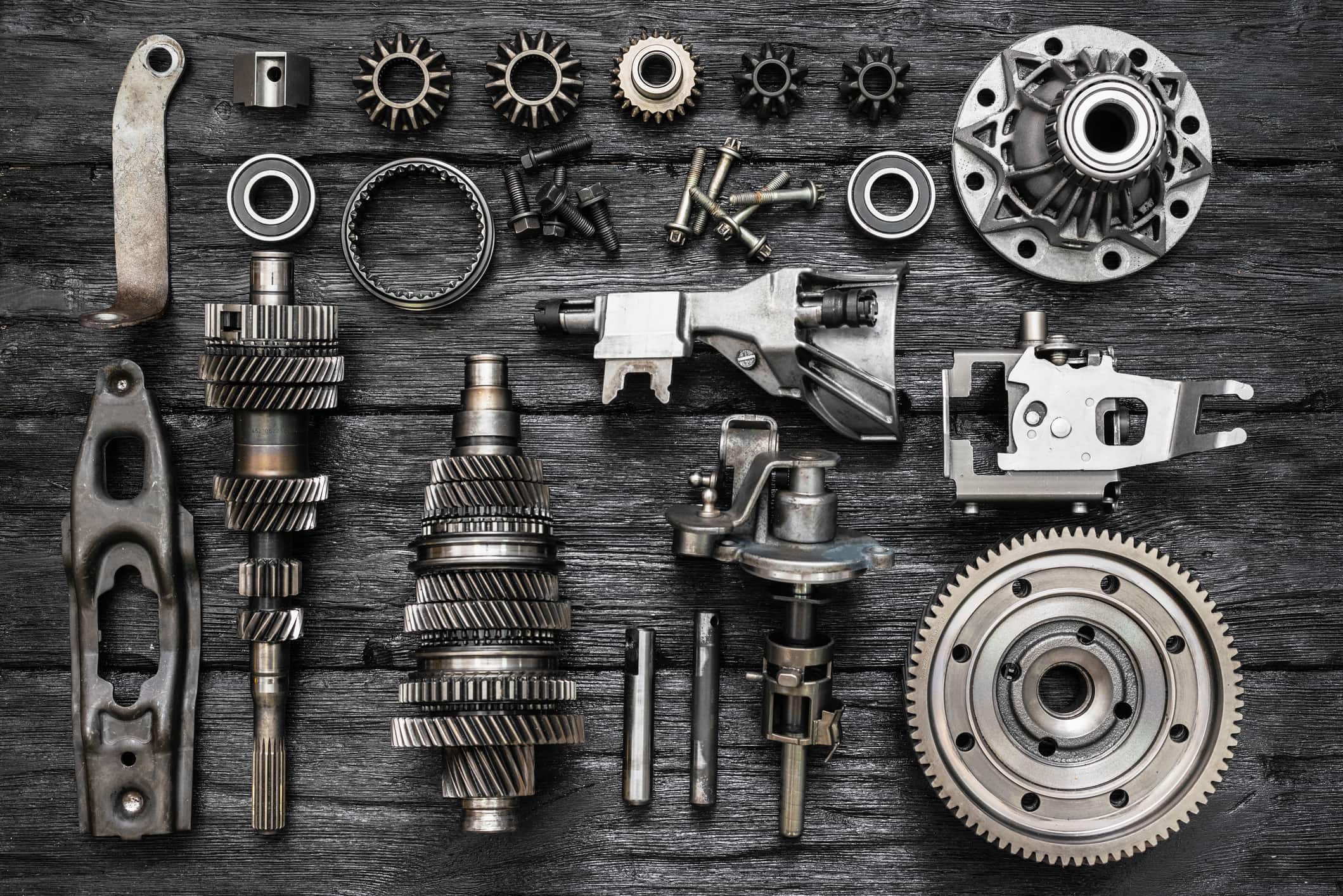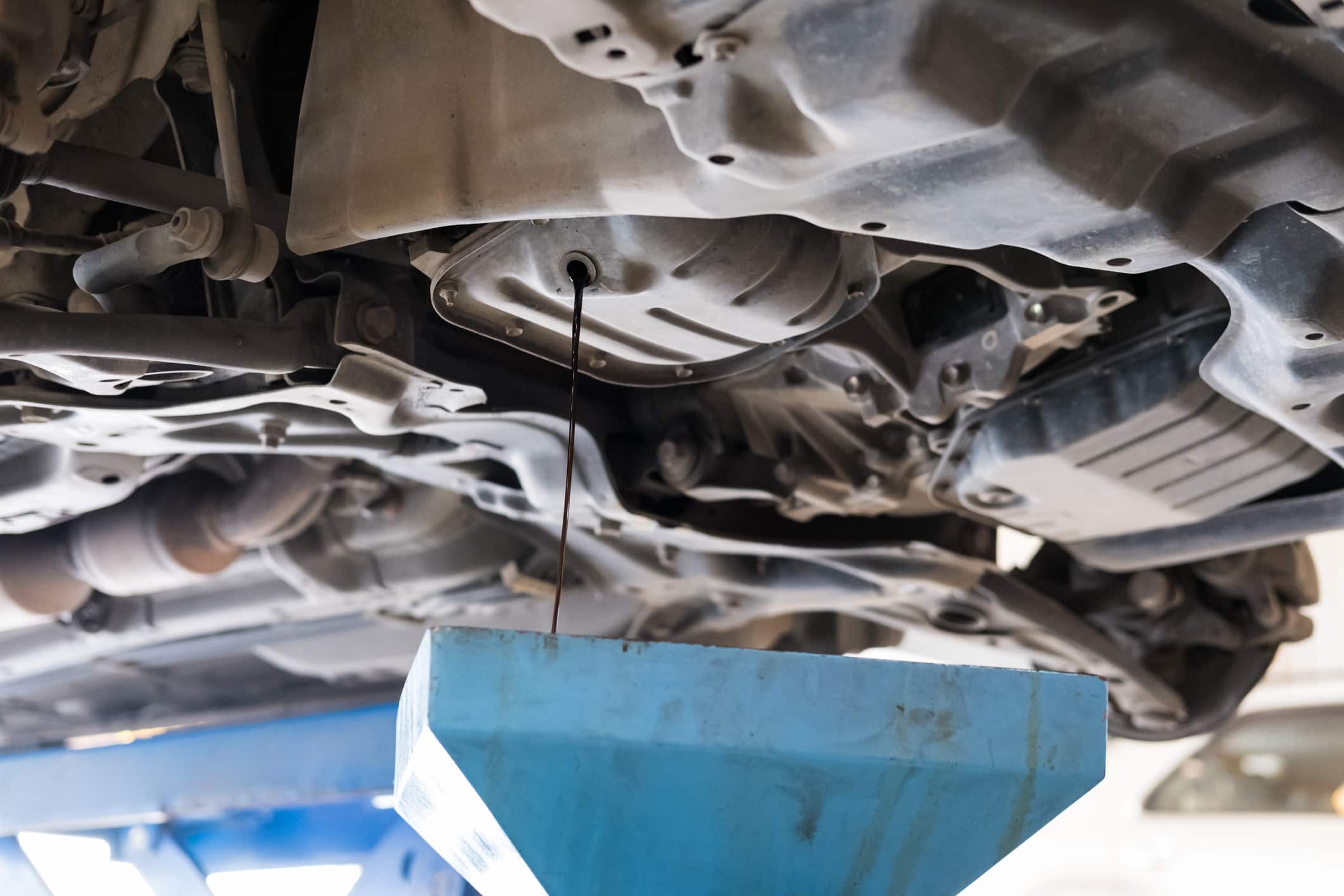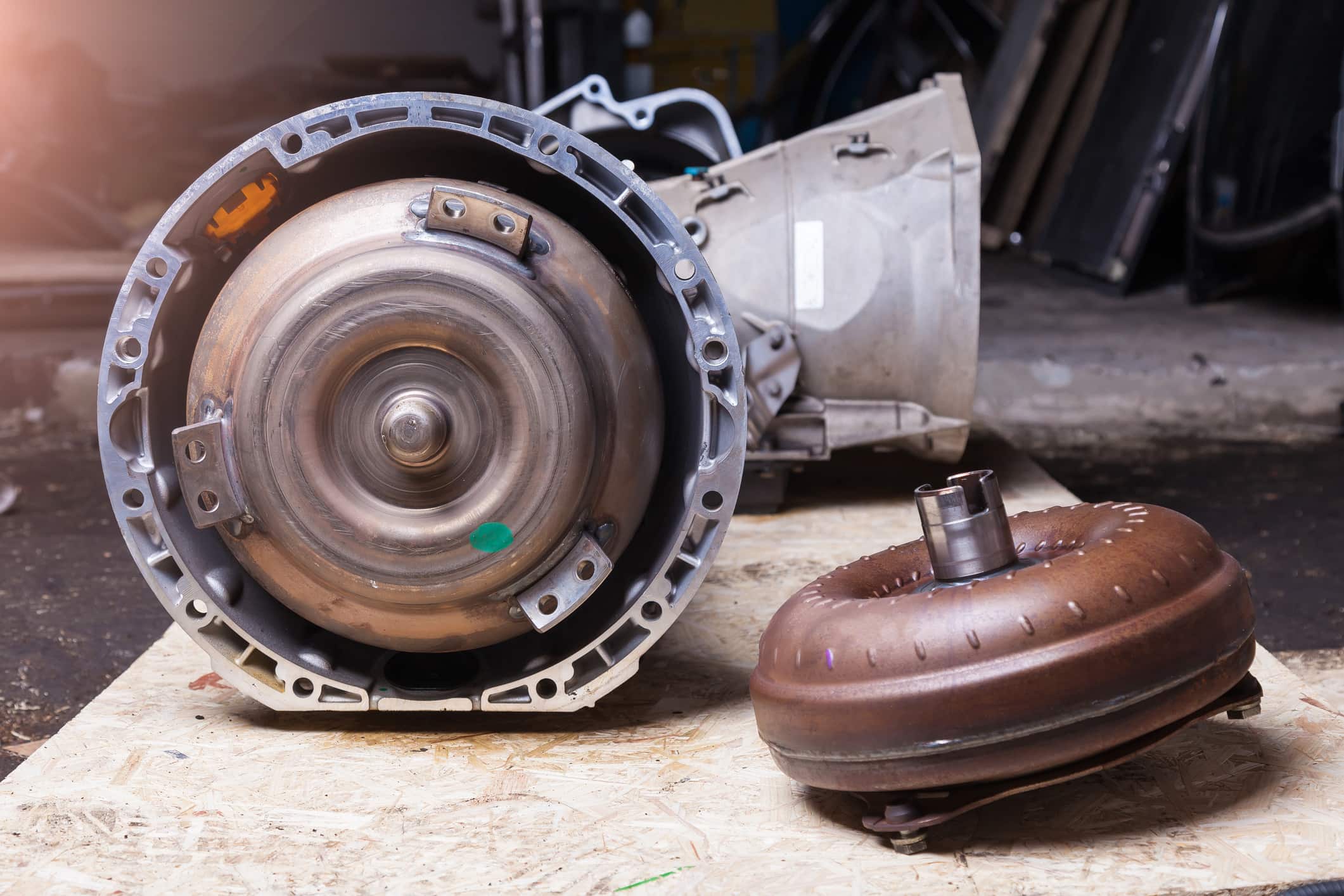
One of the most challenging repairs anyone can make on a vehicle is rebuilding a transmission. A transmission is a complicated mess of small parts, plates, and synchronization. Some highly experienced technicians or mechanics won’t touch a transmission with a ten-foot pole due to the considerable amount of work involved. Therefore, if you’re a DIY enthusiast and believe you can take on the massive work of rebuilding a transmission, you will need a few things. First, you need the right tools and components, a.k.a. a transmission rebuild kit. However, choosing a transmission rebuild kit is the easiest part. You need a transmission rebuild kit that perfectly matches your vehicle’s model and make. This transmission rebuild kit must come with everything you need to make the rebuild process a success. You need to be careful when you’re about to buy a transmission rebuild kit. Go for one that comes with a detailed instruction manual.
Does Your Transmission Need a Rebuild?
Before you even start the transmission rebuild process, the first question you need to answer is, ‘Does this transmission need a rebuild?’ In some cases, you don’t have to carry out an entire rebuild; all that may be required are replacing a few components and fixing others, and the functionality of the transmission will be restored. But how can you determine what your transmission needs? This is where the professional input of a highly skilled mechanic comes in. If you don’t know the transmission mechanisms, you must take your vehicle to a reputable repair shop for an accurate diagnosis to identify the problems. Fixing several components will undoubtedly cost far less than rebuilding your transmission. Therefore, have the transmission diagnosed at an authorized repair shop. This will save you a bucketload of your hard-earned cash.
How to Rebuild Your Transmission
How challenging can rebuilding your transmission be? As mentioned earlier, many technicians or mechanics shy away from rebuilding a transmission. However, if they decide to take up the task, it will cost you as much as $3,000 or even $4,000, including labor costs. The prices of the damaged components within the transmission are also factors you need to consider. Moreover, rebuilding the transmission of sports or luxury brands like Porsche, Mercedes Benz, or Ferrari is much more expensive than a regular Honda or Toyota vehicle. However, you can reduce the amount of money you spend by handling the entire rebuild process yourself. This is not recommended, especially if you know nothing about rebuilding transmissions. But if you have DIY chops and want to make a go at it on your own, here’s how to rebuild your transmission:
Buy a Transmission Rebuild Kit
This is the essential step you should take on your quest to rebuild your transmission. A transmission rebuild kit has all the tools you will ever need for some replacement components and reconstruction. Four types of transmission rebuild kits are on the market today. Most usually include:
- Bushings
- Gaskets
- Clutches
- Seals
- Washers
- Bands
- Filters
- Modulators
- O-rings
Ensure you purchase the right transmission rebuild kit; this is the one that matches the make and model of your vehicle. Transmission rebuild kits are not expensive. You can get one at a pocket-friendly price at the local repair shop.
Create and Prepare a Dust-Free Work Environment
You need a clean, prepared location free of dust and other contaminants or particles. You can ensure a dust-free work environment by covering your chosen surface with plastic trash bags.
Remove Engine Block and Transmission
The next step is to detach the engine block and unhitch the transmission oil pan and the torque converter before removing the transmission. Do this carefully and ensure you keep track of all the components that look very similar so that you don’t mix them up. Drain the fluid after disassembling everything. Label each component carefully to avoid confusion when reassembling the transmission.
Clean and Replace Transmission Components
Since you choose to rebuild your transmission, you must probably have an excellent idea of which components require replacement and cleaning. Therefore, clean all the components after disassembling the component. Replace every broken or damaged component with brand-new manufacturer-approved products.
Reassemble Your Transmission
This is where you have to be incredibly careful. If you reassemble your transmission the wrong way, it won’t work. You will have to tear it down again and rebuild it from scratch, which will take a lot of your time and enormous effort. Therefore, ensure you get it right the first time. This is where the labeled components come in handy. It makes it easy to identify what goes where and how during reassembly. After the entire process, perform several pressure tests to ensure you did everything correctly. You can consult a professional mechanic and have your vehicle checked thoroughly before taking it for a spin.
Establish a Transmission Rebuild Timeline
The time it takes to rebuild a transmission depends primarily on your skill level and the pace at which you work. It usually takes one to four days to send your vehicle to the local repair shop, and a trained mechanic handles the entire transmission rebuild process. Of course, the transmission must have been diagnosed before the rebuild began. But it will take a bit longer – i.e., up to four or five days – if the mechanic has to, first of all, discover the problems, ascertain whether or not a transmission rebuild is necessary, remove the transmission if a rebuild is crucial, perform a few repairs, reassemble and reinstall it in your vehicle. This implies that it will undoubtedly take you a bit longer, i.e., up to a week or even more, to rebuild your vehicle transmission by yourself.
The Bottom Line
Rebuilding a transmission is a challenging process that even the best mechanics don’t like taking on the task. However, taking on the challenge can save you a lot of money in the long run. You will need to get your hands on a transmission rebuild kit that is perfect for the model and make of your vehicle. This will help make the entire process somewhat less challenging. Follow the tips shared above, and your transmission will be almost as good as new when you’re done with the challenging task.


